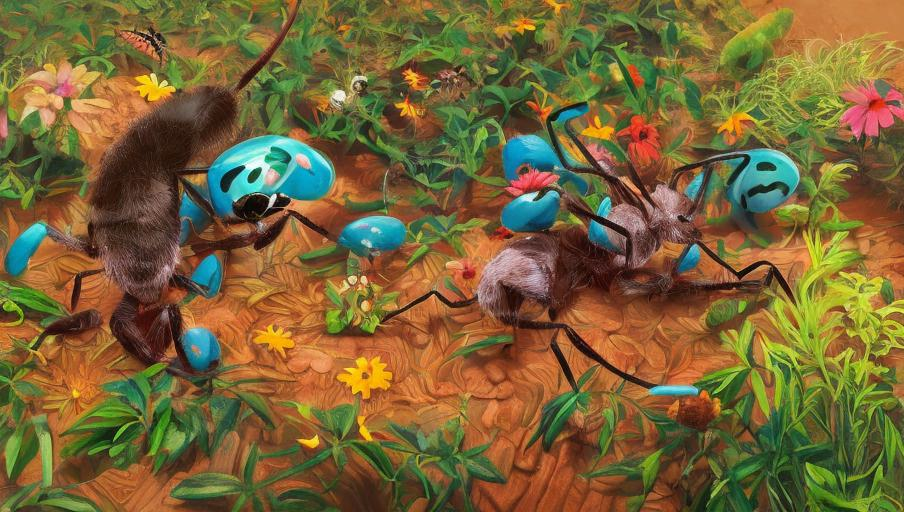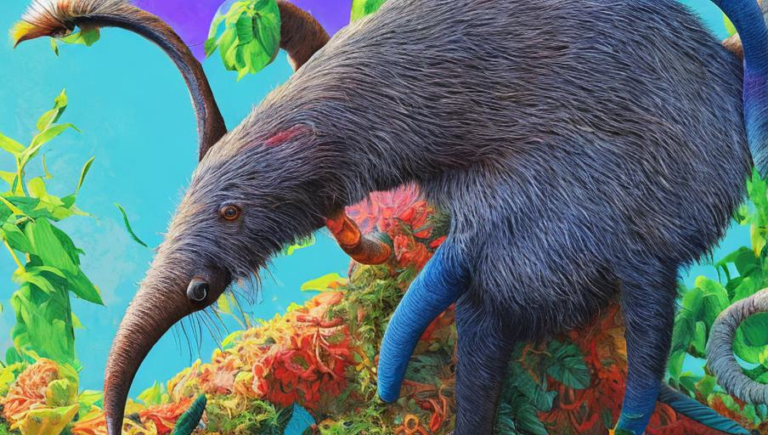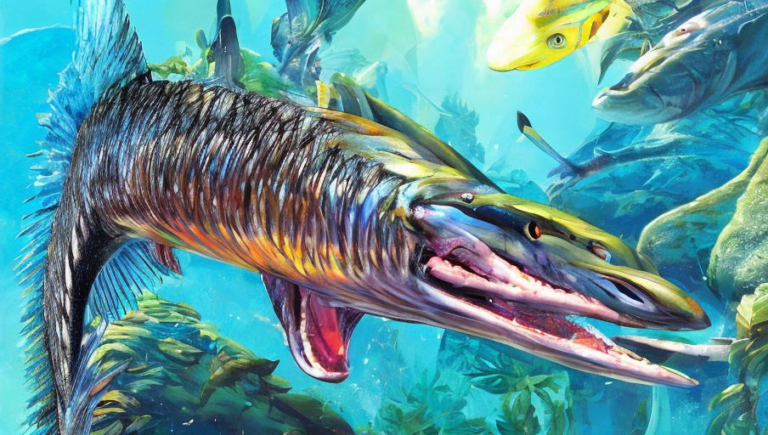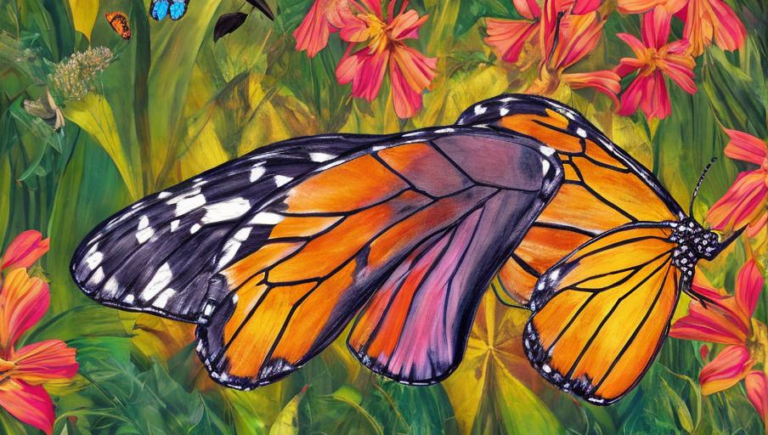Interesting Facts About the Ant Lifecycle

Introduction
Ants are some of the most common insects in many parts of the world, and they play an important role in the environment. Ants help to break down dead organic matter, feed other animals, and aerate the soil. But there is much more to ants than what meets the eye; their lifecycle is fascinating and complex. Here are some interesting facts about the ant lifecycle.
Eggs
When an ant colony is ready to reproduce, a queen will lay eggs that will hatch into larvae. The eggs are usually white and oval-shaped, and they are laid in a special chamber within the ant nest. The queen takes care of the eggs, making sure they are kept at a consistent temperature and humidity.
Larvae
Once the eggs hatch, the larvae emerge. The larvae are small and white, and they feed off a special type of food produced by the queen. As they grow, they molt several times and eventually enter the pupal stage.
Pupae
During the pupal stage, the larvae develop into adult ants. The pupae are usually yellow or brown in color, and they are encased in a cocoon-like structure. The pupae require very specific environmental conditions in order to develop properly.
Adulthood
Once the pupae have fully developed into adults, they emerge from the cocoons and begin to work in the colony. They are responsible for foraging for food, defending the nest, and caring for the queen and her eggs.
Reproduction
Once the adult ants reach maturity, they are ready to reproduce. The queen will lay eggs that will hatch into larvae, and the process begins again.
Conclusion
The ant lifecycle is an amazing and complex process. From eggs to larvae to pupae to adulthood, these hardworking creatures have a fascinating lifecycle that is important to the environment.





